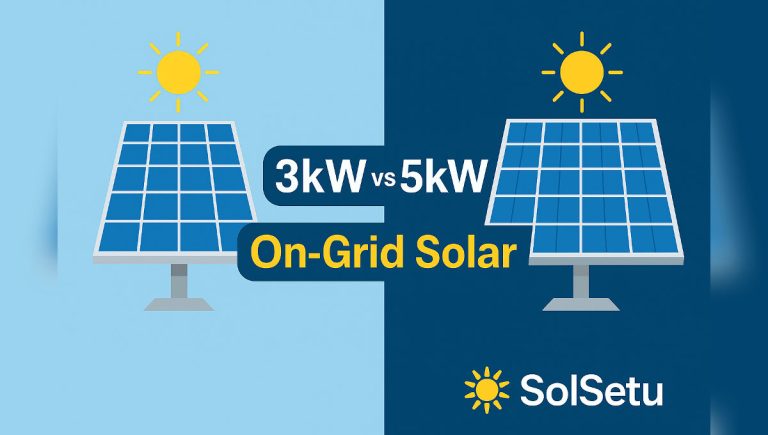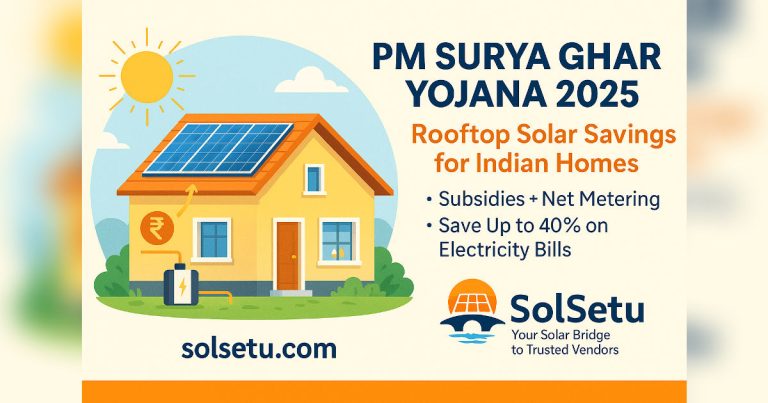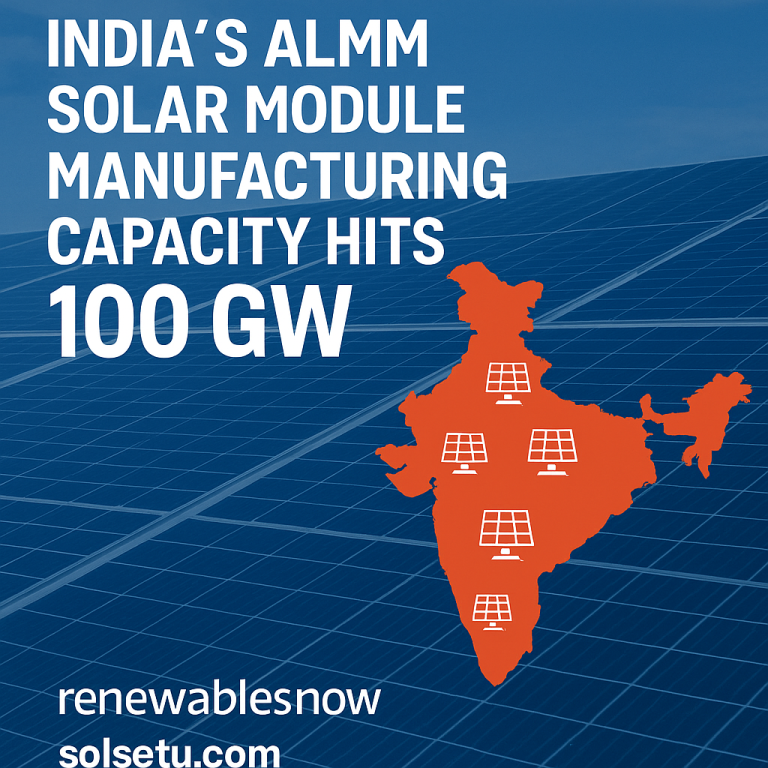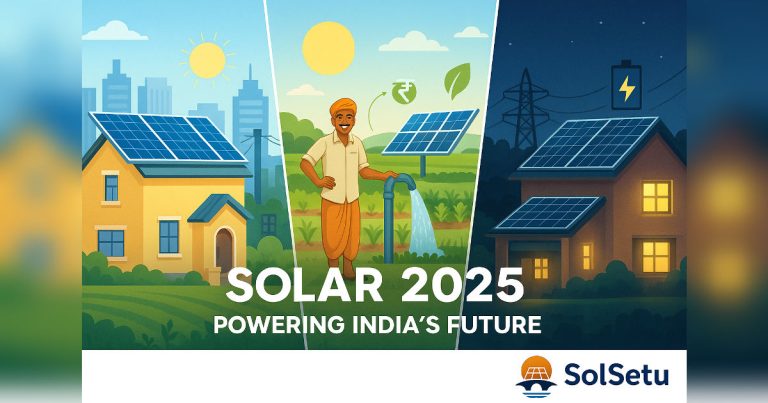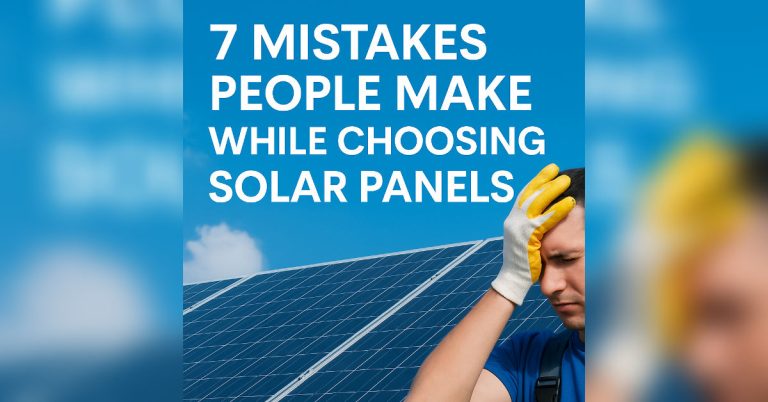Green Hydrogen Projects Take Off Across India — From Hubs to Heavy-industry Pilots
Green Hydrogen Projects Take Off Across India — From Hubs to Heavy-industry Pilots
By SolSetu News Desk | Published on October 19, 2025
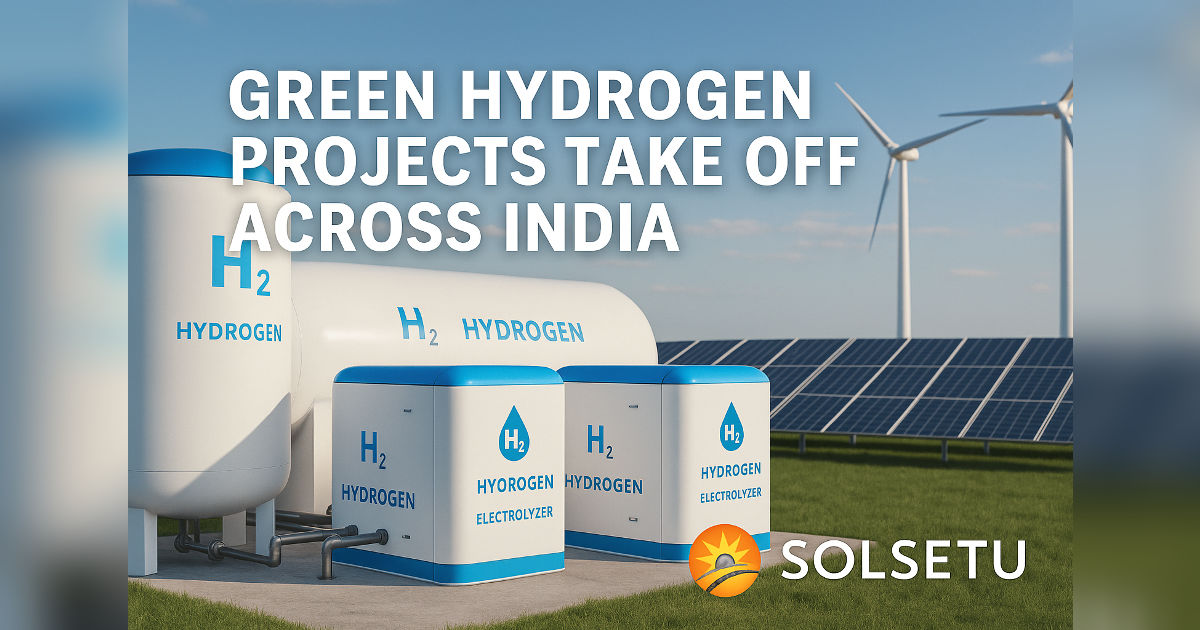
New Delhi, October 19 (SolSetu News) — India’s green hydrogen sector is moving from pilots to scale, with a string of announced projects, port-based hubs and industrial trials signaling rapid commercial momentum across the country. Recent government and private project listings show multiple electrolyser and green-ammonia initiatives in states such as Tamil Nadu, Gujarat and Odisha. :contentReference[oaicite:0]{index=0}
Why it’s accelerating
Industry observers point to three factors: abundant low-cost renewable electricity (especially solar), targeted policy support under the National Green Hydrogen Mission, and growing corporate offtake commitments from steel, fertilizer and refining companies. These factors are bringing investor interest and large project announcements into the pipeline. :contentReference[oaicite:1]{index=1}
Major projects and hubs
Several marquee projects are already on public trackers. Developers including ACME, Adani and joint ventures involving international partners have announced green-hydrogen and green-ammonia projects — some intended for domestic industrial use and others targeting export markets. The MNRE project list and other sector trackers show projects ranging from pilot electrolyser plants to multi-GWh hub proposals. :contentReference[oaicite:2]{index=2}
Ports, hubs and industrial clustering
The government has designated multiple port zones and hydrogen hubs to improve logistics and connect renewables to electrolysers, helping lower costs for bulk hydrogen and ammonia exports. Designating ports as green-hydrogen hubs is expected to unlock easier access to shipping and chemical-grade storage. :contentReference[oaicite:3]{index=3}
From pilots to hard-to-abate sectors
Green hydrogen pilots are expanding into heavy industry: sponge-iron projects, DRI (direct reduced iron) trials, and refinery/fertilizer blending pilots have been announced or are underway. Some Indian players are setting up large-scale green hydrogen capacity aimed at replacing fossil-based hydrogen in steel and chemicals. However, scale-up remains contingent on electrolyser costs, water availability and low-cost renewable supply. :contentReference[oaicite:4]{index=4}
Financing and investor interest
Private funds and global investors are mobilizing capital for clean-energy transitions in India; several funds have announced multi-billion-rupee commitments for renewables and downstream green hydrogen value chains. That financing push is helping convert announced projects into sanctioned-for-construction initiatives. :contentReference[oaicite:5]{index=5}
Challenges to watch
- Electrolyser manufacturing capacity and supply chain constraints.
- Availability of dedicated, cheap renewable power and grid integration for large electrolyser loads.
- Water sourcing and environmental considerations for large electrolysis plants.
- Cost competitiveness vs. fossil hydrogen until electrolyser and renewable costs decline further. :contentReference[oaicite:6]{index=6}
What this means for India
As projects move from announcements to execution, India is positioning itself both as a domestic decarbonization market for hard-to-abate sectors and as an exporter of green chemicals. If pipeline projects are realized at scale, analysts estimate notable electrolyser capacity additions and a new industrial export opportunity — but timelines remain sensitive to technology costs and policy clarity. :contentReference[oaicite:7]{index=7}


